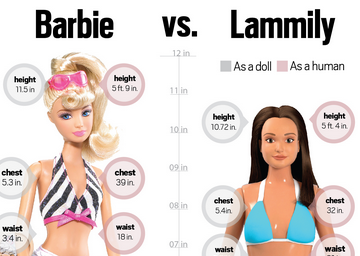In honor of the approaching Earth Day on Wednesday, April 22nd,
I will examine the negative effects of bottled water. There is a certain ease
and convenience of prepackaged bottled water. I usually grab one before heading
to soccer practice or the gym. Vending machines cover shopping centers and
college campuses which spit out bottles of water for the nearest paying customer.
A nationwide Ban the Bottle Campaign has taken a stand against the use of
bottled water. “Last year, the average American
used 167 disposable water bottles, but only recycled 38,” states the
advocates of the Ban the Bottle Campaign. The energy used to bottle a year’s consumption
of water bottles could be used to fuel 190,000 homes. In short, water bottles are
a wasteful use of resources and damage the environment.
Ban the Bottle claims that reducing the use of bottled water
will improve the environment while keeping more money in the pocket of the
consumer. The environmentalist claim, “The recommended eight glasses of water a day, at U.S. tap
rates equals about $.49 per year; that same amount of bottled water is about
$1,400.” The environmentalists recommend purchasing a high quality water bottle
to fill with tap water instead of repeatedly using bottled water. It has been
estimated that it takes 450 years for plastic to decompose after it has been
thrown out. Ban the Bottle further claims, “Americans used about 50 billion plastic water bottles last year. However,
the U.S.’s recycling rate for plastic is only 23 percent, which means 38
billion water bottles – more than $1 billion worth of plastic – are wasted each
year.”
The most common excuse for
Americans not using reusable water bottles is the claim that bottled water is healthier
than tap water. However, considering the regulations of health and sanitation,
Ban the Bottle states, “In the U.S., public water is regulated by the Environmental
Protection Agency, which requires multiple daily tests for bacteria and makes
results available to the public. The Food and Drug Administration, which
regulates bottled water, only requires weekly testing and does not share its
findings with the EPA or the public.” There is no reason to believe that
bottled water is a safer alternative to tap water. Ban the Bottle recommends
using a filtered water pitcher if you do not like the taste of your bottled
water.
The effects of
this campaign can be seen on Furman’s campus. If you look at our vending
machines on campus, the price of each individual water bottle has increased by
$0.25 totaling $1.50 for each bottle. Furman’s Plastic Bottle Campaign was
implemented on April 1st of this year, and will use the funds it
earns from the tax to provide more water bottle filling stations in central
locations on Furman’s campus. Their future goal is to “eventually eliminate the
sale of plastic water bottles on Furman’s campus.” Similar campaigns have
reached colleges and universities throughout America including “Take Back the Tap” at
University of Nevada Las Vegas and “Tap That” at
Vassar College. Perhaps this effort of colleges to eliminate the use of plastic
bottles will spread across the nation and reduce our wasteful consumption of
plastic.


